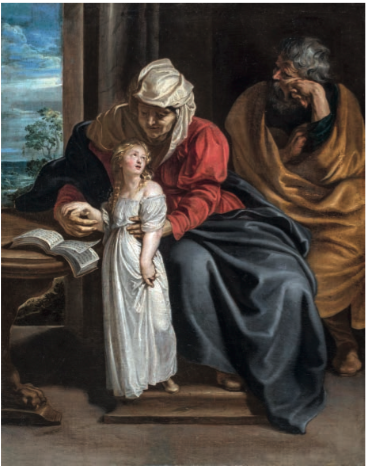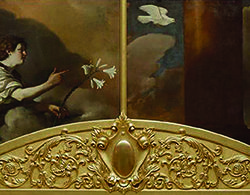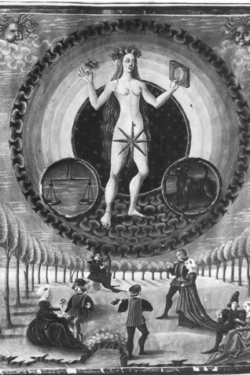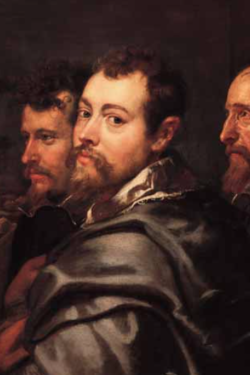Descrizione
Storia dell’arte 151-152, Gennaio-Dicembre 2019
Raffaella Morselli
Indagini su una ritrovata Educazione della Vergine Maria del periodo italiano di Rubens
The iconography of the Education of Holy Virgin is connected to the cult of S. Anna spread in Northern Europe between the end of the XV and the beginning of the following century, but it weakened in the middle of the Counter-Reformation period, especially in the Catholic environment.
However, the episode that links S. Anna to the education of the Mother of God remained in the imagination of many Nordic artists, including Pietro Paolo Rubens. On the other hand, Paolo V Borghese supported the development of the cult of the Immaculate Conception, in the years when Rubens was in Italy, between 1600 and 1608. In this context must be placed the early painting by Rubens, which is analyzed in this article (private collection, 78×62 cm).
The Education of Holy Virgin appears very similar to the three altarpieces intended for the church of the Oratorian Fathers in Rome by choice of model and stylistic solutions. The pictorial composition is permeated with sixteenth-century Italian figurative culture, of which we recognize many models that the painter from Antwerp drew first of all from Raphael and Giulio Romano, but also from the eccentric and older Francesco Traini, and his master Otto van Veen.
It is possible to reconstruct the creative process of the painting, thanks also to the diagnostic investigations, while the stylistic research shows cultured intellectual sublteties, such as the book written in Hebrew that Maria Bambina reads. The Education of Holy Virgin was probably painted in the Roman spiritual environment of the early seventeenth century and influenced by the frequentation of Rubens with the circle of Oratorian scholars led by Cardinal Baronio.




